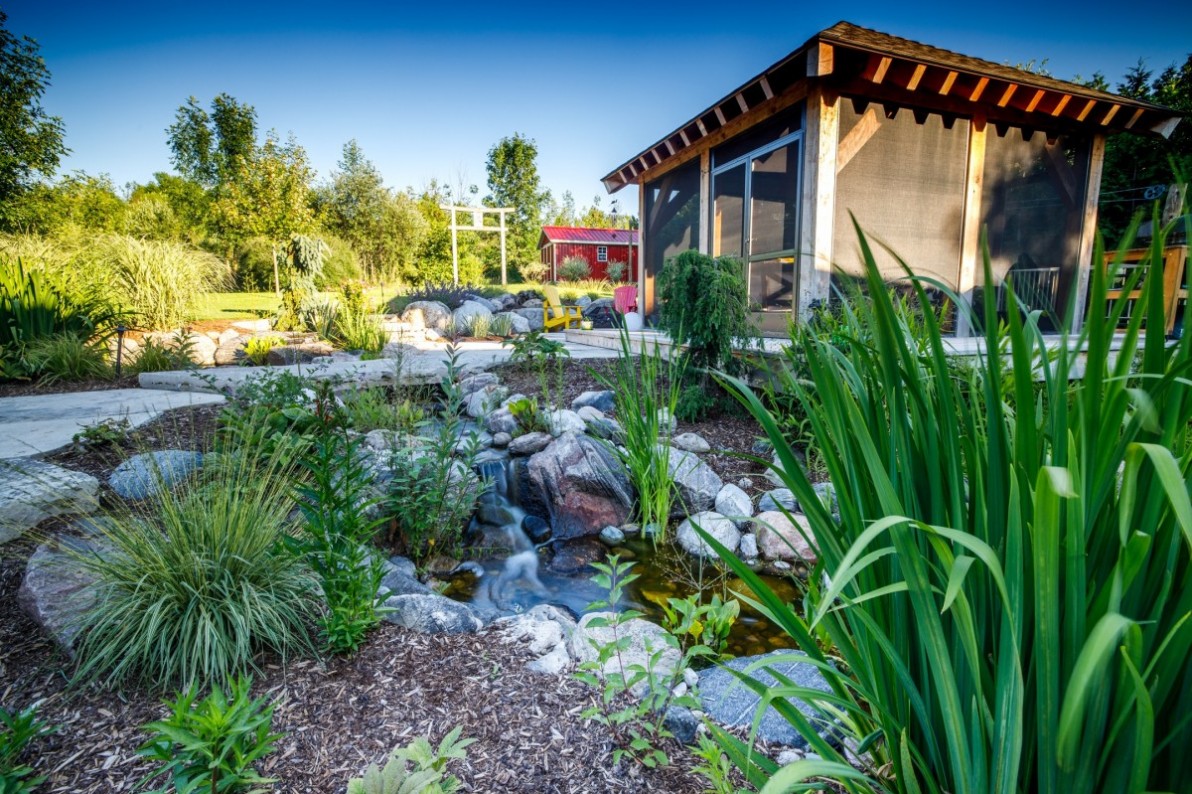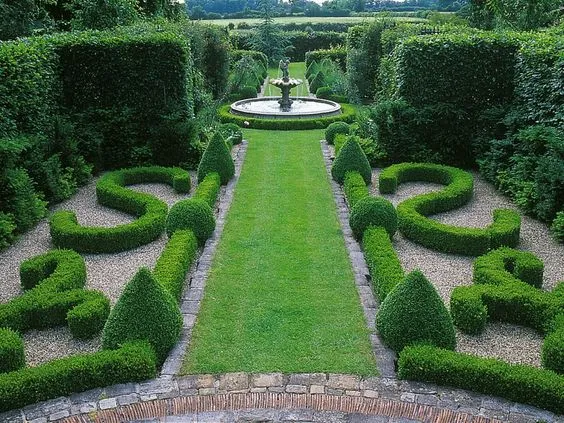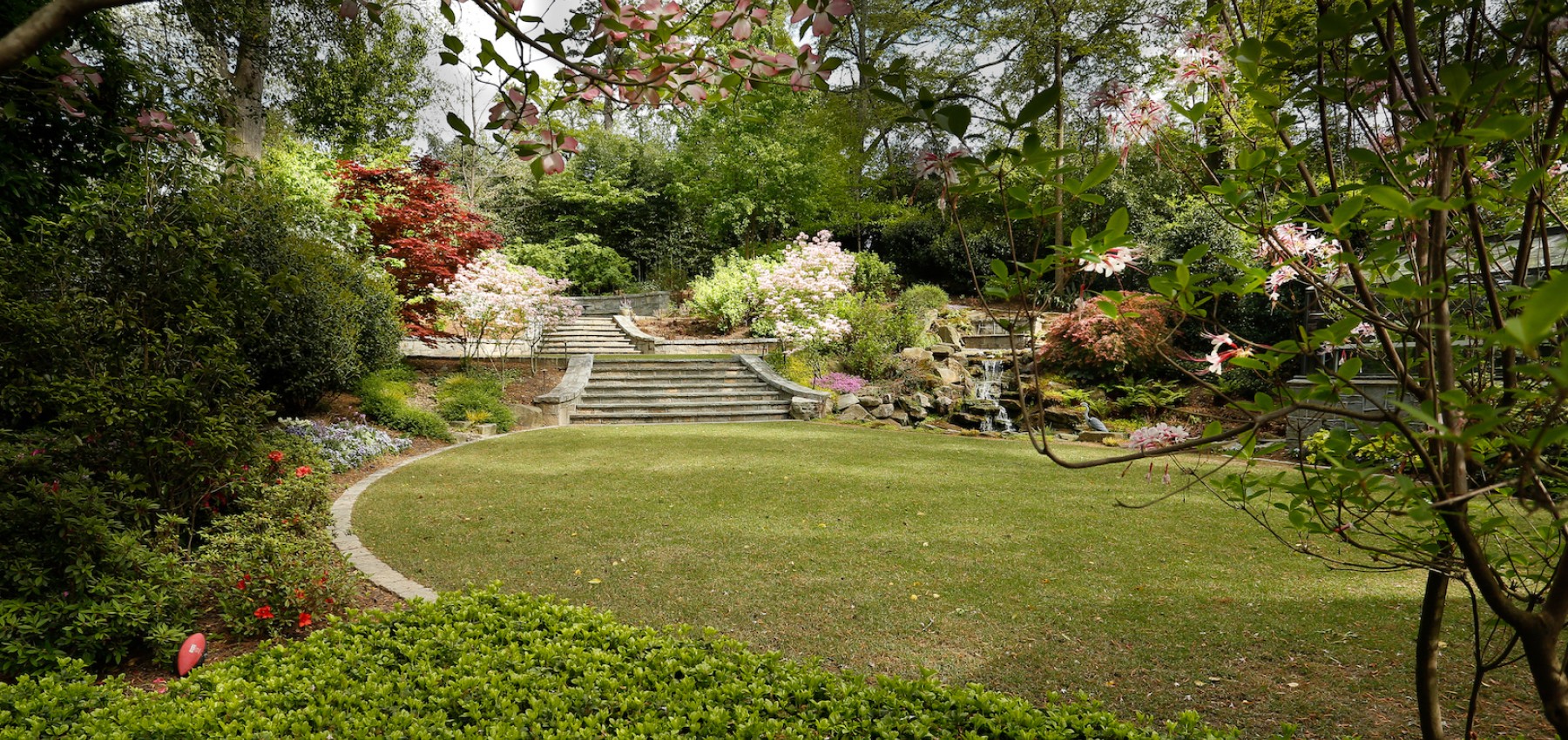The Facts About Landscapers Revealed
Table of Contents8 Simple Techniques For LandscapersThe Landscapers StatementsThings about LandscapersThe 2-Minute Rule for LandscapersExcitement About Landscapers
In the PNW there are semi-deciduous or semi-evergreen plants that may lose their fallen leaves depending on how cold the winter is. - A level celebration area, made of wood or composite material (made to look like wood), generally adjacent or affixed to a framework.

- Granite that is weathered to the factor that it is a really fine aggregate. This is an all-natural procedure, and the result can be utilized for courses and patio areas. Disintegrated granite is often referred to as DG. It is specifically useful in contemporary landscapes. - Trick landscape features being proposed in a landscape style strategy.
9 Easy Facts About Landscapers Explained
These objectives assist the style process, not the designer's style or choices. Usual layout goals in Portland are low upkeep, dry spell tolerant, and animal pleasant. - Process for eliminating or thinning the dead lower degree of a fully grown yard. Thatch is turf that has died and gathered below the green blades.
Nevertheless, in time this layer can obtain really thick and make it tough for water, sun, and nutrients to obtain to parts of the turf.- The procedure of accumulating and managing the flow of water on a home. This can be made with grading, French drains pipes, completely dry wells, absorptive surfaces, sump pump, rain gardens, and more.
- A sluggish feeding irrigation system that uses adaptable tubing and emitters to send out a precise amount of water to each plant. - The capacity of a plant to survive without much summertime water.
- A yard feature where water is represented by an aggregate rock item, generally a gravel or granite.- A stone or flagstone patio area, course, or walkway built without a concrete base.
The Best Guide To Landscapers
- A stone preserving or complimentary standing wall constructed without the use of mortar. - A below ground structure that accumulate water and allows it to reduce percolate right into the soil around it.
Landscape design that is compatible with a sites' atmosphere in both appearance and sustainability without adverse impacts to the atmosphere. Bordering in the landscape is a line of demarcation that produces aesthetic interest in the garden by dividing one sector from another section.
Locations can also sense of "unit" given by trees, other plantings, fences, or screens. The landscape near the entrance to a structure. A tree, bush or vine, trained to grow on a wall or fence right into a details pattern. Especially helpful for fruit trees, making it simple to gather the fruit and containing mess.
A plant that is not indigenous to the area where it will certainly be grown. Not all "exotics" are invasive or damaging, and many can be well behaved or drought forgiving (Landscapers). A mass planting of brushes. Thicker bladed turf yard that spread out via rhizomes.: The level of soil on your building before bark dust or compost is spread.
8 Simple Techniques For Landscapers

The function, factor, or activity that an area is be landscaped for. Space for expanding plants for watching, eating, or physical activity.
Reduced a fantastic read plants that are enabled or urged to spread out over an area. Can refer to any type of "difficult" yard components including statuary or boulders yet most typically is utilized to refer to paths, outdoor patios, and walls.: Elevation distinction between the level of water in a Check Out Your URL pond (or the level of the pump if it rests outside the fish pond) and the top electrical outlet of water which influences efficiency of the water pump in gph (gallons per hour).

The 2-Minute Rule for Landscapers
A more relaxed yard controlled by curved instead of straight bed lines and a much less inflexible structure. Traditional PNW landscapes are casual. A plant that spreads more than wanted, or into environments where it does damage. Our site Rose city has a checklist of invasive plants that must not be installed in landscapes due to the fact that they can spread to woodlands or waterways and be tough to regulate.
Can consist of head positionings and insurance coverage, pipe sizing, GPM specs, and materials needed to install this system. Accredited expert that makes landscapes, schooled in engineering and design as well as in horticulture.
The professional who prepares and establishes landscape jobs, usually at a property or tiny business degree with the significant layout motivation on plantings. Landscape designers usually have less schooling than Landscape Architects and are not licensed. A finished landscape layout, outlining all aspects for the new landscape. This usually takes the form of a drawing theoretically.
A water limited HDPE material used below fish ponds, streams and waterfalls in water features. Making use of lots of growings of the exact same range to fill in a location in the landscape.